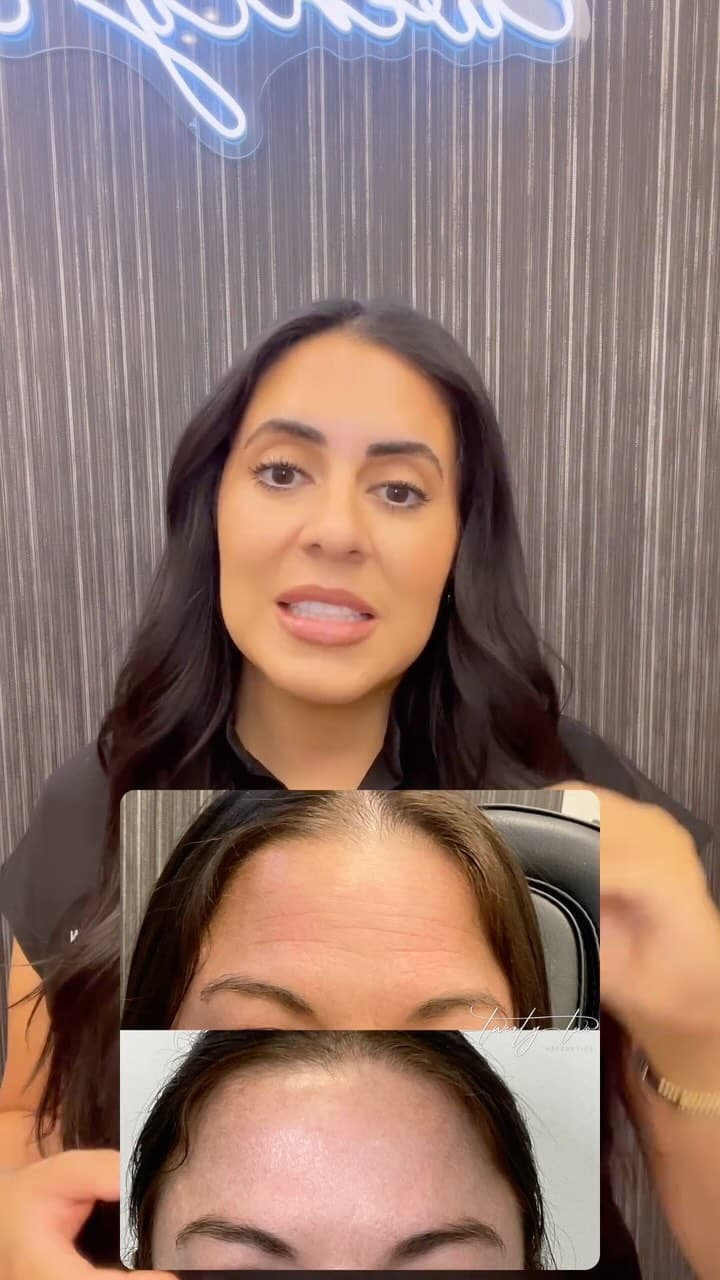Dynamic vs. Static Wrinkle Lines
In the context of Botox treatments, the terms “dynamic lines” and “static lines” refer to different types of wrinkles and facial lines that Botox can address:
1. Dynamic Lines: These are wrinkles that are formed as a result of muscle movement. They are also known as “expression lines” because they occur due to facial expressions such as frowning, smiling, squinting, or raising the eyebrows. Common dynamic lines include crow’s feet around the eyes, forehead lines, and frown lines between the eyebrows. Dynamic lines are typically the primary target for Botox injections, as Botox works by temporarily relaxing the muscles that cause these movements, thereby smoothing out the wrinkles.
2. Static Lines: Unlike dynamic lines, static lines are visible even when the face is at rest and not making any expressions. These lines are caused by a combination of factors including loss of collagen, skin elasticity, and other changes associated with aging, as well as long-term exposure to dynamic wrinkling. Static lines can include deeper lines along the cheeks, around the mouth, and on the neck. While Botox can help reduce the appearance of static lines by minimizing the muscle activity that may exacerbate them, other treatments like fillers, laser therapy, or chemical peels might be needed for more effective results on static lines, depending on their depth and severity.
Botox is generally more effective on dynamic lines because it directly targets the muscles responsible for creating them. Static lines, being less dependent on muscle movement, might not respond as well solely to Botox treatments
dynamic vs static wrinkles, dynamic vs static wrinkles botox, botox near me, botox phoenix, botox




